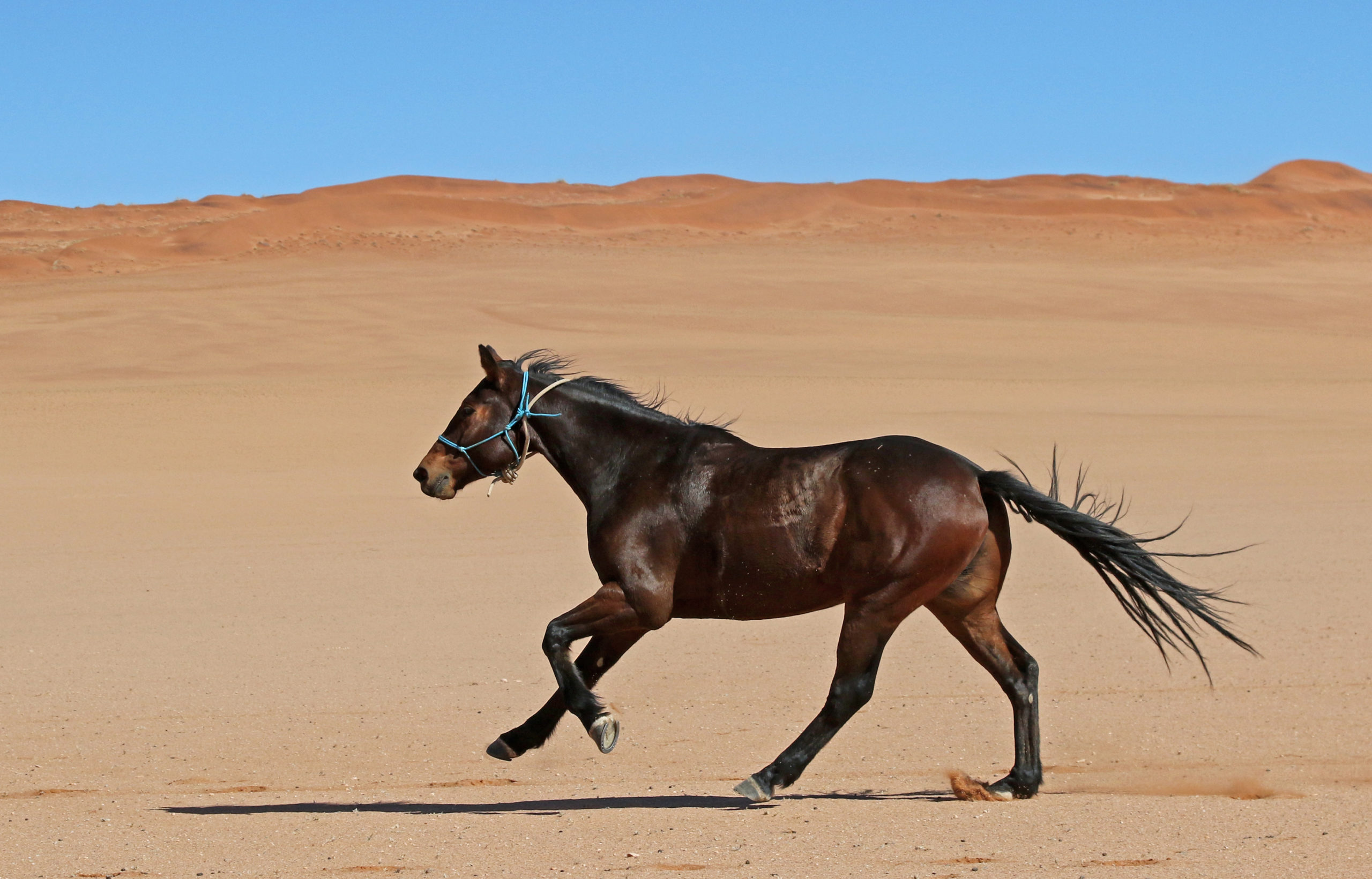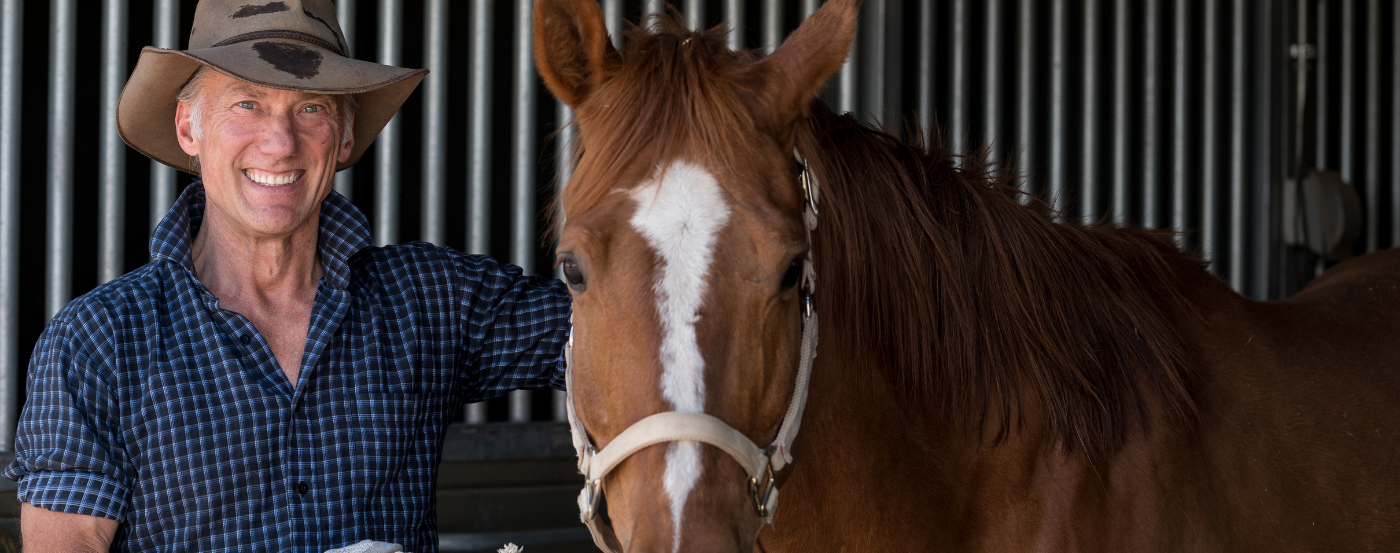
I recently finished reading a book regarding equine health – Insight to Equus by Tomas G. Teskey D.V.M. – which I found fascinating. And whose existence and insights I wanted to share. This book reinforced all that my trimming, massage and energy work lessons have taught me – that the more we allow domestic horses to live as their wild forebears did, the more we set them up to be healthy and happy in an equine world where that is no longer unfortunately the norm.
It was working as a hoof trimmer that initially got me thinking about how we can “rewild” our horses from a health and vitality perspective as I saw the many problems they experience from being domesticated. From contracted and underrun heels to long toes, from small frogs that did not touch the ground to soles whose thickness was measured in millimetres, it was difficult to find a hoof that even approximated that of a wild horse – the most appropriate foot of all. Yet strong feet are critical to everything we ask of our equine companions.
And it is not just hooves that tell us how important this “rewilding” process will be – it is every part of their body and respective systems that tell us this truth. Like their hooves, their unbalanced digestive systems equally remind us of how important this approach will be. From their teeth, which are often out of balance and disfigured with hooks and ramps, to their problems with colic though the small and large intestines, their digestive systems further highlight how the current domesticated environment does not support the horse and how necessary their “rewilding” is to help them heal from the pain and suffering they experience through a sub-optimal environment.
Setting up an optimal environment, in which to keep our horses, to mimic what they would experience in the natural world, is critical to mitigating many/most of the health, and related emotional and energetic, issues our horses deal with today. Providing the space or setup outdoors to facilitate regular movement, with equine friends if possible, providing a ground-based, multi-grass-based diet with supplements to reflect any vitamin and mineral shortages, keeping their hooves trimmed in the manner they would achieve in the wild, and ensuring their teeth are equally balanced to support a strong start to the digestive system are the simple, yet critical, issues we must think about today in all our interactions with the horse – whether as a service provider or as an owner.
Not only will “rewilding” our equine companions and herd mates help them physically, it will also fundamentally enhance their emotional wellbeing as they feel more connected with who they intrinsically are as a species; one that is intimately connected with the land and its plants, and the balance and power that comes from successfully surviving for millions of years as a prey animal whose systems require this lifestyle to optimally function.
Reading Tomas’ book was invaluable in many ways, but 2 come to mind in particular. The first was the intellectual insights it provided to a non-veterinarian to better understand the science behind how a horse optimally functions, and how we can help the horse achieve this holistic state of being. The second was a very practical description of horse behaviours to understand the simplicity, and importance, of doing all that we can to meet our ethical, legal and relationship responsibilities to beings who are our equals in many ways, and, in other ways, our betters.
Additionally, and importantly, horse owners will only enhance their own lives by learning how to enhance those of our majestic, soulful and forgiving friends – another powerful reason to reconnect with how we can best show our love to this most magnificent of species.




Lachlan, I am grateful for your book review and finding these words to shine even more light on the horses’ situation.
We humans find our own herd members as we come across these shared ideas for examining and then improving our relationships. It’s an honor to have your insights, and I’m enjoying further reading through your other articles. I’m looking forward to sharing with you some moments with the horses…I’m so curious how they might show up, what we’ll learn and what new questions we would then be able to ask!
Best wishes,
Tomas
Tomas, thank you for your kind comments. You have written an especially important book for all people who wish to conscientiously be around horses.
I am also looking forward to meeting you and letting serendipity help us move forward on our Equus journey.
Until we meet!
Lachlan